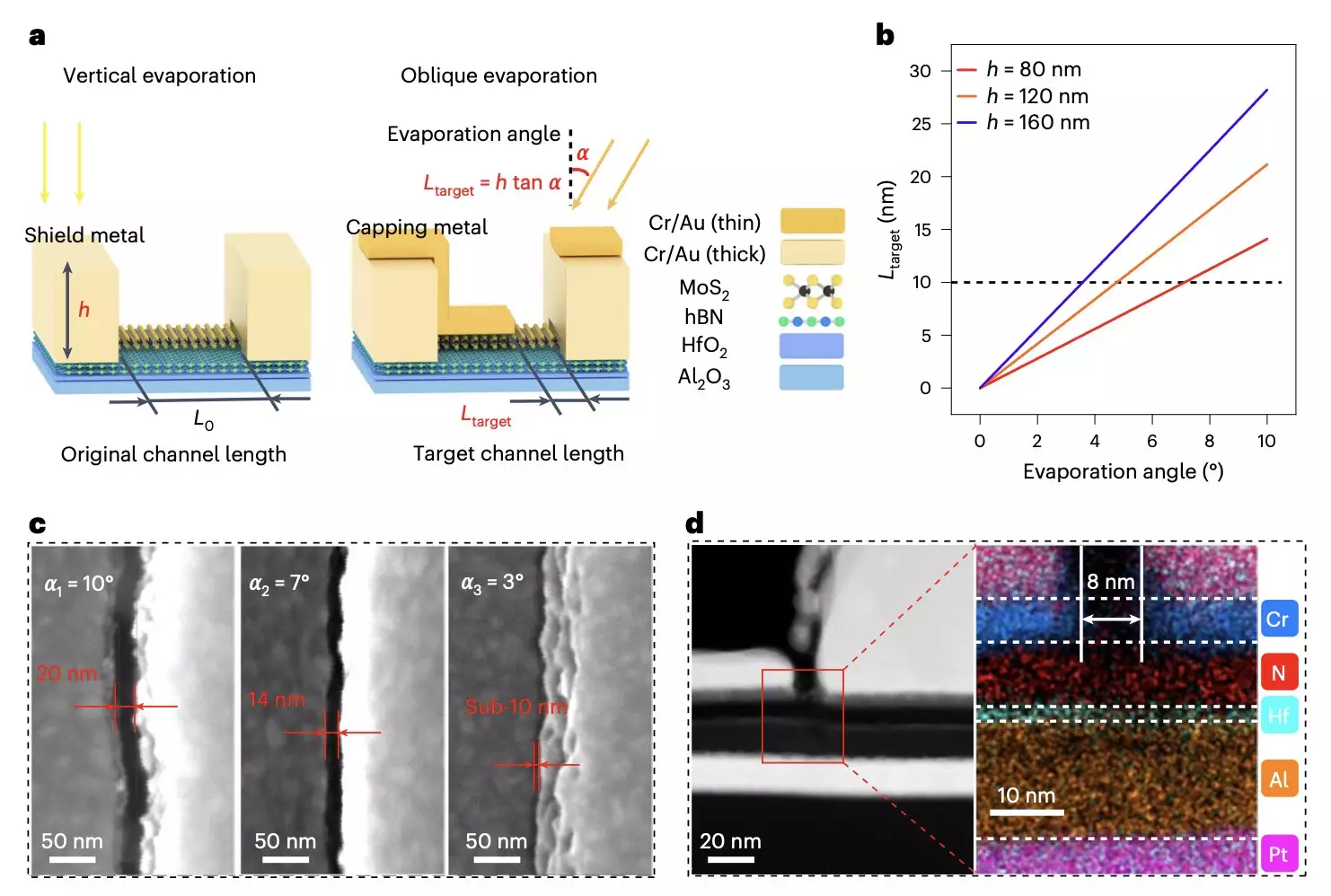The rapid expansion of artificial intelligence (AI) technologies has intensified the demand for advanced memory devices that can handle substantial data throughput. As AI applications continue to evolve, traditional memory solutions struggle to keep pace with the requirements for speed and efficiency. This article explores the breakthroughs in ultrafast flash memory, particularly those based on two-dimensional (2D) materials, which have the potential to turn the tide in data storage innovation.
Artificial intelligence relies heavily on computing power and data storage, often requiring immense volumes of data to be processed in real time. Current memory solutions, primarily based on flash technology, have proven their worth in non-volatile storage; however, they often fall short in terms of access speed. With the proliferation of AI, machine learning, and big data applications, the limitations of existing flash memory technology—especially in high-speed data transfers—are becoming increasingly pronounced. This is where the emergence of high-bandwidth memory technologies enters the spotlight, presenting a crucial frontier in the evolution of computational capabilities.
Despite their ubiquity, conventional flash memories often exhibit sluggish read and write speeds that hinder their effectiveness in AI contexts. The culmination of this speed constraint is a challenging bottleneck in the data processing chain, which can lead to inefficiencies and increased power consumption. To counteract these limitations, engineers have been examining ultrafast flash memory solutions that leverage 2D materials, which have been heralded for their superior electrical properties and potential for enhanced performance in data storage applications.
Two-dimensional materials, such as molybdenum disulfide, have emerged as excellent candidates for the next generation of flash memory. Their atomic thickness allows for a significantly reduced channel length, paving the way for ultrafast memory devices that can operate below the physical limits of traditional silicon. Recent research led by team members at Fudan University has demonstrated that when engineered correctly, these 2D materials can enable remarkable performance improvements in non-volatile flash memory applications.
In a groundbreaking study published in Nature Electronics, researchers from Fudan University outlined a novel integration method for deploying 2D-based ultrafast flash memory devices. Their innovative approach successfully integrated 1,024 memory units with an impressive yield exceeding 98%. This integration process employed a sophisticated array of techniques, including lithography and a polystyrene-assisted transfer method, which contributed to the effective lowering of channel lengths to sub-10 nm. This achievement is particularly significant, as it highlights not just a surge in data processing speeds, but also the potential to significantly increase memory efficiency and durability.
The ability to scale down the channel lengths in flash memory has monumental implications for the future of data storage technologies. The sub-10 nm devices created by the Fudan University team not only exhibit rapid data processing abilities but can also store multiple bits of information per cell while maintaining non-volatility. Such advancements unlock new possibilities for high-density memory arrays necessary to meet the expanding hunger for data in AI and other computationally intensive applications.
As researchers continue to explore new configurations and combinations of 2D materials, the potential for diverse memory architectures grows. The techniques outlined by the Fudan team could be a launching pad for future inquiries into varying memory stack designs and other two-dimensional materials. With the persistent evolution of AI technologies placing increasing demands on storage solutions, ultrafast flash memory based on 2D materials could very well be positioned as a cornerstone for meeting the needs of both current and future computational applications.
The developments in ultrafast flash memory represent more than just an incremental improvement over existing technologies; they signify a potential paradigm shift in how we approach data storage in the age of AI. As researchers conquer the integration challenges and scale up their innovations, we stand on the brink of a new era in memory technology that holds unprecedented promise for the computation landscape.

